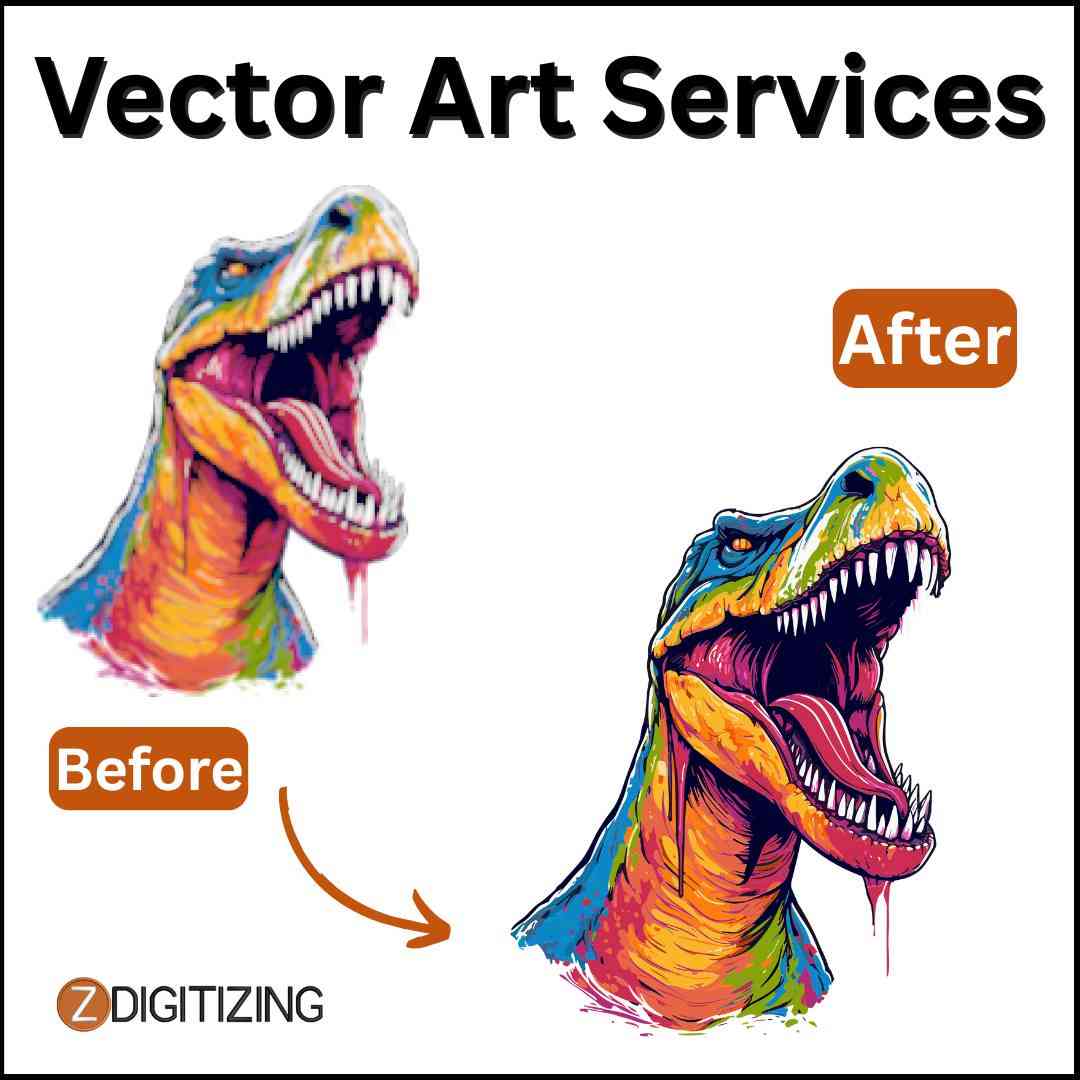Vector Art: A Modern Solution for Crisp, Scalable, and Professional Graphics

Vector art has become a fundamental part of today’s design workflows, widely used in branding, marketing, printing, and digital media. Unlike pixel-based images, vector graphics are created using mathematical paths, allowing them to retain sharpness at any size.
Whether used for small icons or large-format prints, vector art ensures clear and consistent visuals that support both creative and professional needs. As digital content continues to grow, understanding vector art is increasingly valuable for designers and businesses.
What Is Vector Art?
Vector art is made using curves, shapes, and lines rather than pixels. Because the artwork is built from formulas instead of fixed resolution, the design can be resized without losing clarity. Designers typically work in specialized software to construct paths and shapes that remain smooth even when enlarged or reduced.
Common vector file formats include:
- SVG
- AI
- EPS
- PDF (with vector elements)
These formats support a wide range of applications, from logo creation to detailed illustrations and technical drawings.
Why Vector Art Matters in Today’s Design Environment
Vector graphics play an essential role in professional design due to their clarity, flexibility, and long-term usability. They help maintain consistency across branding materials, digital platforms, and print production.
Key benefits include:
- Scalability: Graphics maintain crisp edges at any size.
- Editability: Colors, shapes, and lines can be modified easily.
- Consistency: Ensures uniform appearance across various media.
- Efficiency: Smaller file sizes compared to high-resolution raster images.
- Precision: Ideal for clean geometric designs and detailed line work.
These advantages help designers and businesses maintain a reliable visual identity across many formats.
How Vector Art Is Created
Producing vector art requires both creative direction and technical precision. Designers typically follow a structured process to ensure accuracy and usability.
1. Concept and Planning
The design begins with understanding the purpose of the artwork. This may involve reviewing sketches, references, or guidelines to ensure the final illustration supports the intended project.
2. Creating Paths and Shapes
Using tools such as the pen tool or bezier curves, designers build the artwork piece by piece. This method allows smooth curves, accurate edges, and clean shapes.
3. Applying Colors and Effects
Vector art supports gradients, solid colors, and stylized effects, giving designers the flexibility to adapt artwork for brand styles or creative direction.
4. Refining the Artwork
The designer reviews the illustration, removing unnecessary points and optimizing curves. This step improves file efficiency and ensures smooth scaling.
5. Exporting the Final File
Depending on where the artwork will be used, designers export the final vector in formats such as SVG for digital use, EPS for print, or PDF for multi-purpose compatibility.
Common Uses of Vector Art
Vector art is utilized across industries and creative fields because of its reliability and versatility. Typical applications include:
- Logos and branding graphics
- Packaging and product labels
- Merchandise artwork and apparel prints
- Digital icons and illustrations
- Signage and promotional materials
- Laser cutting, engraving, and CNC projects
- Infographics and presentation visuals
These uses demonstrate how vector art supports both digital and physical products with consistent quality.
Benefits of Professional Vector Art Services
Although some designs can be originally created as vector graphics, many situations require converting raster images into vector format. This process is especially valuable when artwork needs to be printed at large sizes or used across multiple applications.
Professional vector conversion provides advantages such as:
- Smooth, accurate lines
- Correct color representation
- Proper layer structure for editing
- Files prepared for printing or cutting
- Reliable results across different materials
By working with skilled designers like ZDigitizing, businesses can maintain clean, high-quality visuals that support long-term branding and production needs.
Trends Influencing Vector Art Today
Current design trends highlight clean shapes, minimalistic illustrations, detailed line art, and modern gradient styles. With the rise of web animation and interactive graphics, formats like SVG have become important for responsive design. These trends show how vector art continues to adapt to new creative and technological demands.
Final Thoughts
Vector art plays an important role in modern visual communication, offering precision, flexibility, and clarity across digital and printed platforms. Whether created for branding, marketing, products, or illustration, well-designed vector graphics ensure professional and consistent results. As design needs grow, vector art remains a dependable solution for creators, businesses, and professionals seeking clean and scalable visuals.
- Art
- Causes
- Crafts
- Dance
- Drinks
- Film
- Fitness
- Food
- Spiele
- Gardening
- Health
- Startseite
- Literature
- Music
- Networking
- Andere
- Party
- Religion
- Shopping
- Sports
- Theater
- Wellness



